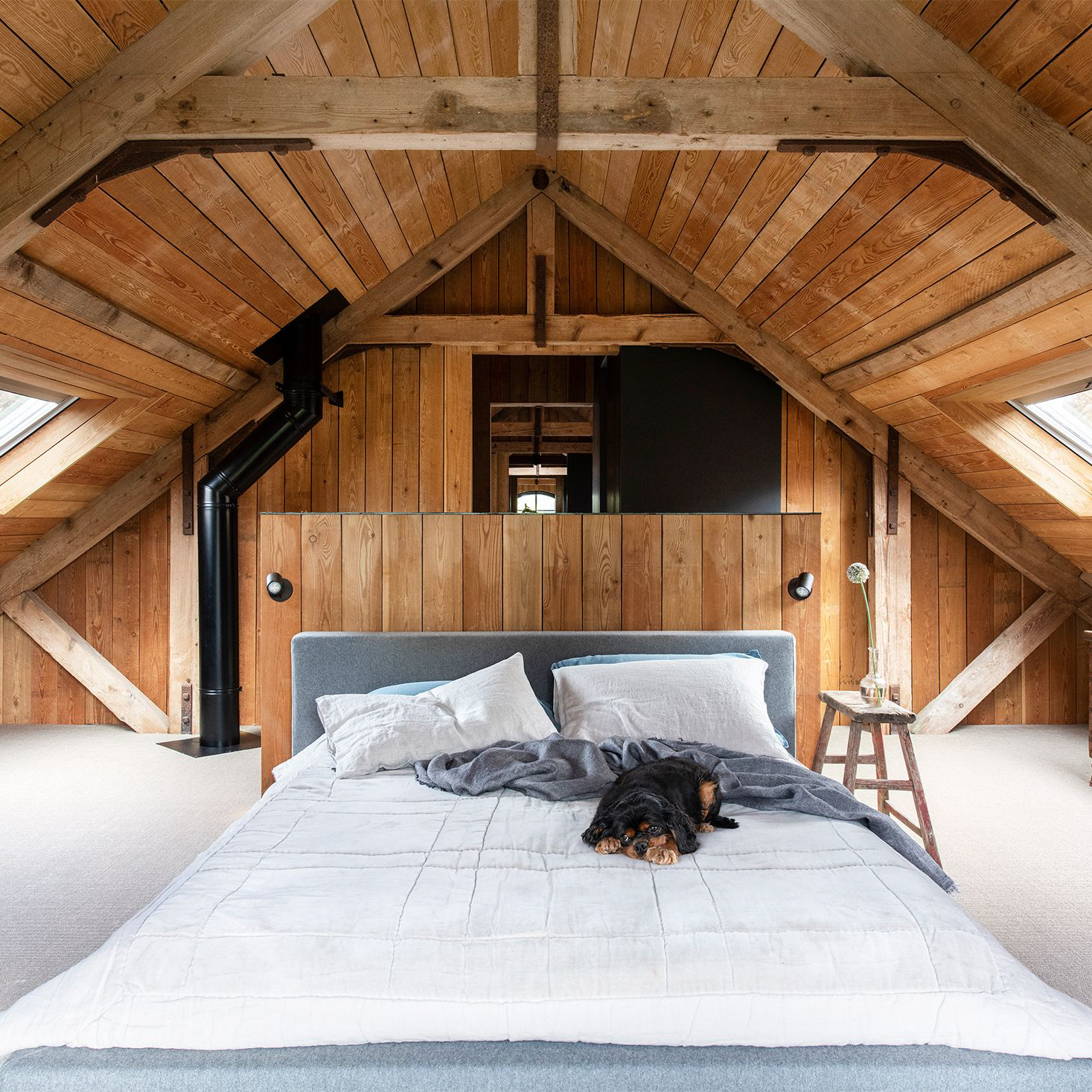The Origins of Minimalist Scandinavian Design
Minimalist Scandinavian design is a style that emerged in the mid 20th century, characterized by clean lines, simple shapes, and a focus on functionality. The design movement evolved out of a need for practical, affordable and efficient housing in post-World War II Scandinavia.
Initially, the Scandinavian style was heavily influenced by German and Bauhaus design, which emphasized simplicity and functionality. However, over time, the Scandinavian designers developed their own uniquely Scandinavian approach to minimalism, inspired by the region’s landscape, traditions, and culture.
Key Features of Minimalist Scandinavian Design
1. Functionality
Functionality is a key feature of minimalist Scandinavian design. The design philosophy is based on the belief that form should follow function, and that every element in a design should have a purpose. Scandinavian designers prioritize practicality and ease of use, making their products both aesthetically pleasing and highly functional.
2. Simplicity
Minimalist Scandinavian design is characterized by simple shapes and clean lines. The designs are stripped back to their essential elements, resulting in a minimalist aesthetic that is both timeless and elegant. The lack of embellishments and unnecessary details creates a sense of calm and serenity, giving the design a peaceful and harmonious feel.
3. Natural Materials
Scandinavian designers have a close relationship with nature and often use natural materials such as wood, leather, and linen. The use of natural materials brings warmth and texture to the design, creating a cozy and inviting atmosphere. The natural materials also give a nod to the designers’ Scandinavian roots, which are deeply rooted in the region’s landscape and materials.
4. Light Colors
Minimalist Scandinavian design often features light colors such as white, light gray, and muted pastels. These colors help to create a sense of space and light, which is especially important in the dark winter months of the Nordic countries. The light colors also complement the natural materials, creating a harmonious and balanced design.
Examples of Minimalist Scandinavian Design
1. Furniture
One of the most well-known examples of minimalist Scandinavian design is furniture. The designs are characterized by clean lines, soft curves, and natural materials. Some of the most iconic pieces include the Egg Chair by Arne Jacobsen, the Y Chair by Hans Wegner, and the Paimio Chair by Alvar Aalto.
2. Lighting
Minimalist Scandinavian lighting is often designed to be both functional and decorative. The designs are simple and elegant, with a focus on creating a warm and inviting ambiance. Some of the most popular designs include the PH5 Pendant Lamp by Poul Henningsen and the AJ Floor Lamp by Arne Jacobsen.
3. Tableware
Scandinavian tableware is known for its clean lines, simple shapes, and minimalist aesthetics. The designs are often made of natural materials such as wood and porcelain, and feature soft colors and subtle details. Some of the most popular designs include the Teema Tableware collection by Kaj Franck and the Helix Glass collection by Göran Hongell.
Minimalist Scandinavian design is a style that is both timeless and contemporary. It is characterized by clean lines, simple shapes, natural materials, and a focus on functionality. The designs are elegant, harmonious, and create a sense of calm and serenity. Whether it is furniture, lighting, or tableware, minimalist Scandinavian design is a style that will continue to inspire and delight for years to come.
